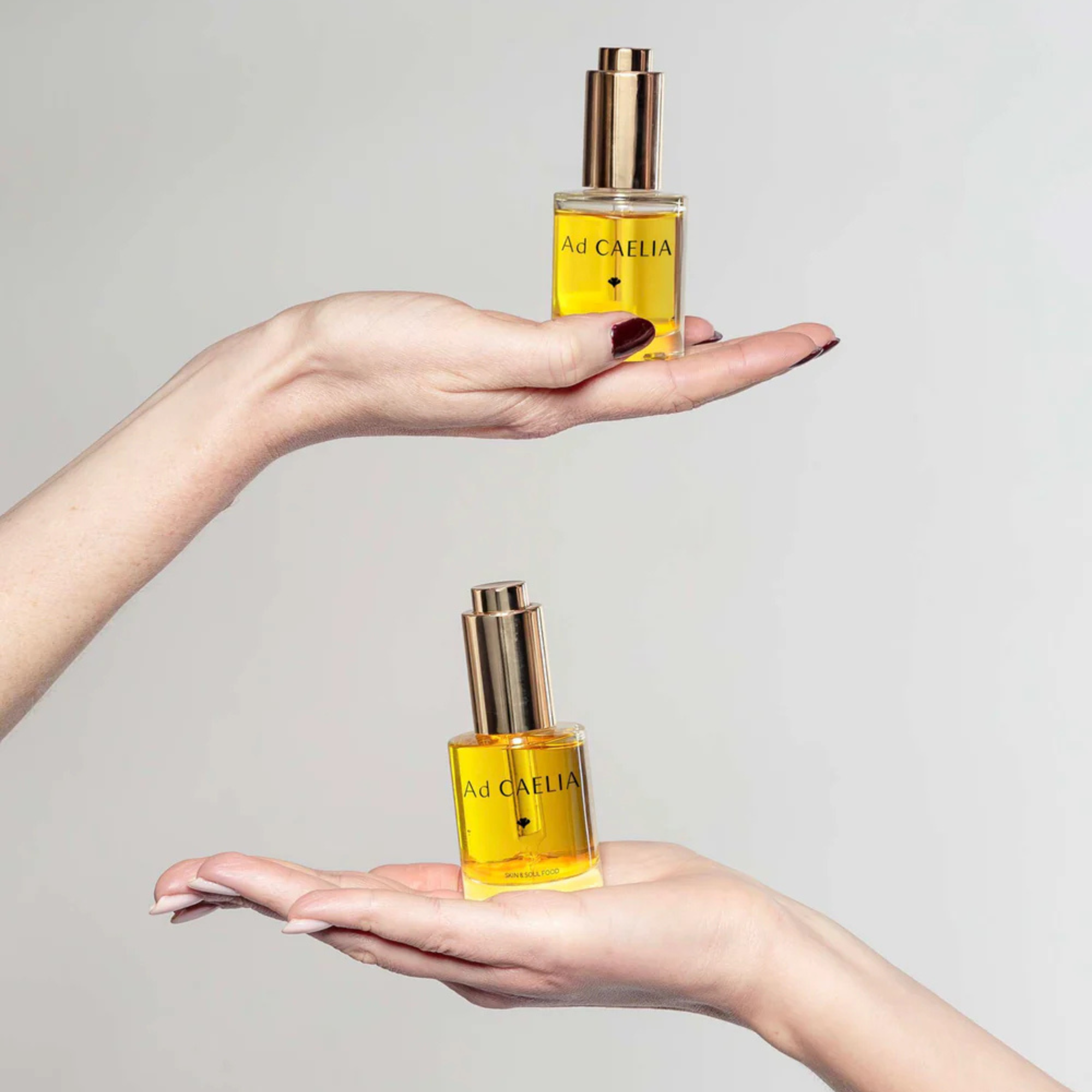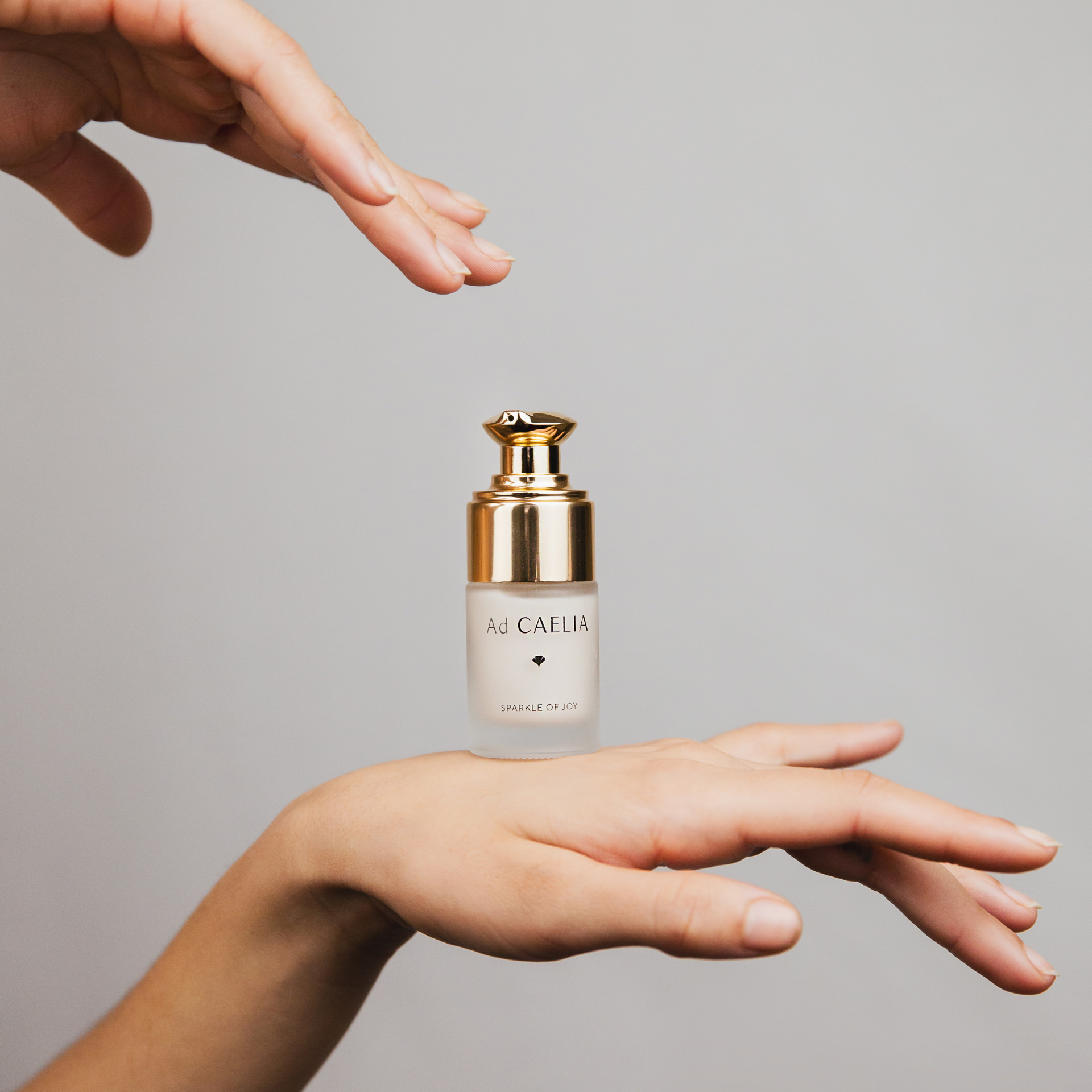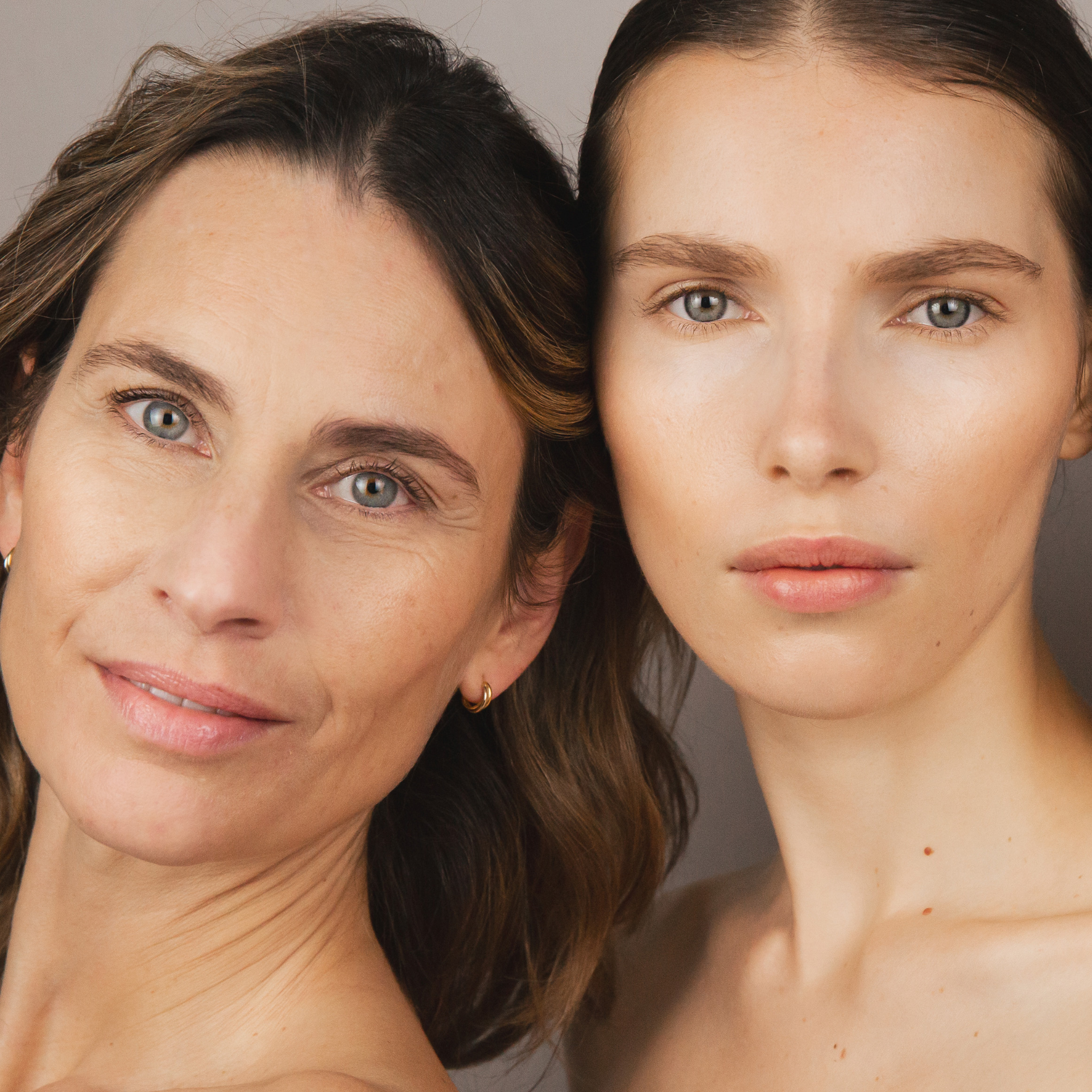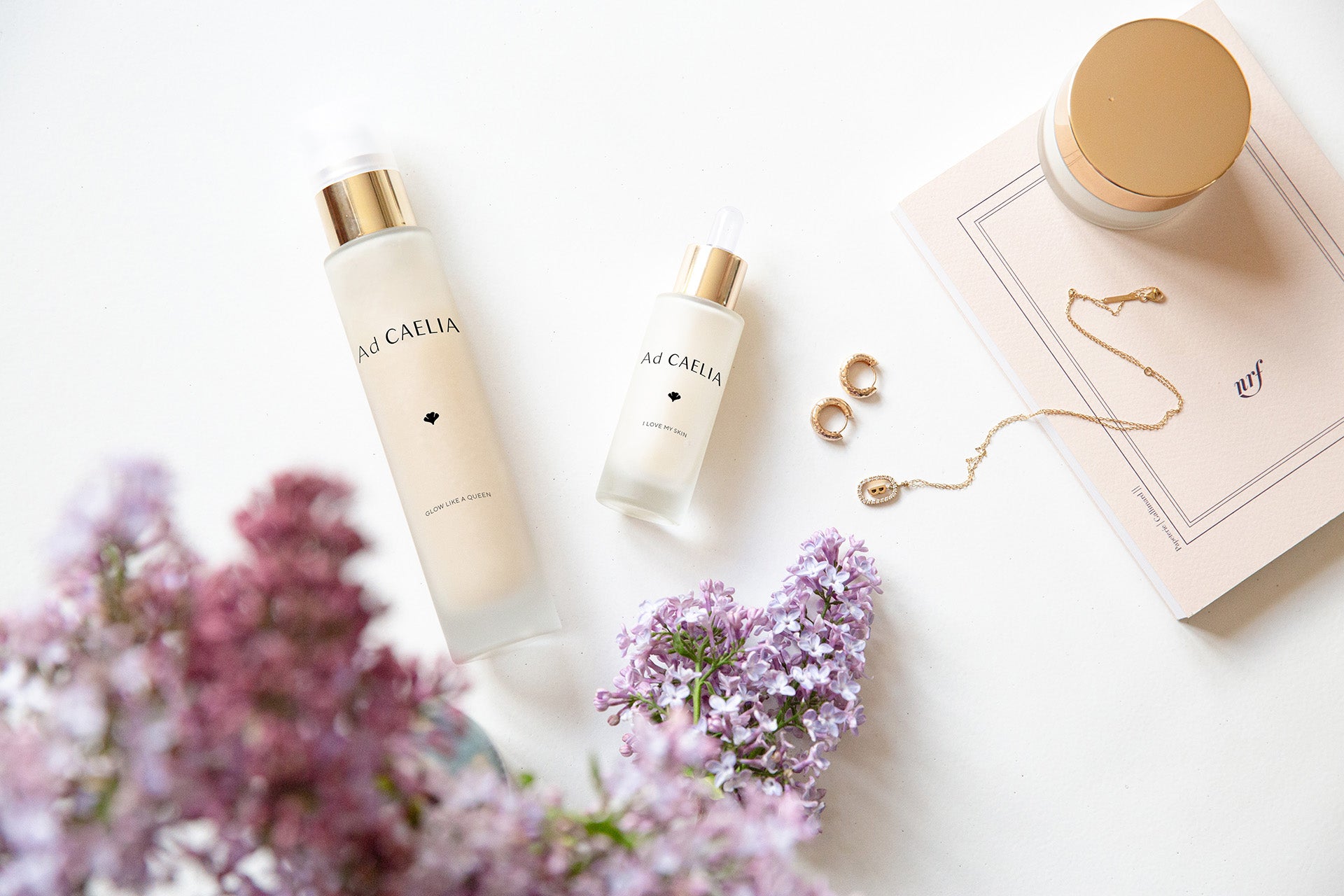
Clear skin optimization
Focus on the famous acids
Our skin is an intelligent organ that naturally eliminates dead skin day after day, but with age, poor care/comedogenic products and poor overall hygiene, this process can slow down and lead to clogged and/or enlarged pores, acceleration of fine lines and wrinkles, etc.
By helping our skin exfoliate, you can find much softer, more hydrated, more radiant and more youthful-looking skin. That’s where acids come in – some of the most powerful active ingredients in your beauty routine!
Their role? Exfoliate and smooth the skin.
They remove dead skin, control sebum production and clean pores. They are usually found in cleansers, toners, masks, but also in some serums and creams. You have two categories:
AHA: Alpha Hydroxy Acid
A water-soluble acid, derived from fruit acids, which acts on the surface of the skin. Removing the layer of dead cells also helps promote much better absorption of the moisturizing and nourishing active ingredients in your skincare products.
There are several types of these acids, the most common being:
- Glycolic: With a small molecular size, this is one of the most powerful acids as it can penetrate deeper into the skin to smooth fine lines and treat pigmentation. Since it is more potent, it should be used with caution on sensitive skin.
- THE Lactic: With a larger molecular size, it is therefore more soft than glycolic acid, it is preferred for sensitive skin. Depending on the type of product, it can be used daily to exfoliate and moisturize the skin with minimal side effects.
BHA: Beta Hydroxy Acid
Unlike AHAs, this is an oil-soluble acid, which means it penetrates oily skin better and can work deeper to unclog pores. BHAs also work to regulate the production of keratin (the main protein in the skin) needed to maintain our skin's barrier and structure, as too much or too little production can lead to various skin problems.
The most common:
Salicylic acid: of large molecular size, it is ideal for oily and acne-prone skin but also sensitive, thanks to its anti-bacterial and anti-inflammatory properties. It is an excellent exfoliant and is also very effective in treating pigmentation.
How to use these two acids?
These two acids work very well together, but do not use them together at the same time but rather alternate for example: use the BHA in the morning and the AHA in the evening or every other day depending on your needs/skin type and the type of products! A cleansing product will for example be "gentler" in terms of exfoliation than the application of a lotion or serum that will remain on the skin.
Initially, it is best to start with one acid at a time to allow your skin to adjust, and generally only use them in the evening.
Some details:
- Use these assets gradually. Start by using them twice a week for example and slowly increase the frequency.
- To optimize this exfoliation, we protect the skin during the day with sufficient hydration/nutrition behind, as well as a 30/50 SPF sunscreen EVERY DAY.
The use of acids is of course ideal for acne-prone skin, or skin that tends to accumulate impurities/cysts. In an anti-acne protocol, it is even more important to think about promoting the elimination of dead cells and keeping the pores clean to avoid acne breakouts. It is also suitable for an anti-aging protocol to combat wrinkles and fine lines.
Summary:
- Acne-prone skin : Salicylic acid (BHA) to deep clean pores in addition to glycolic acid (AHA)
- Dry and sensitive skin: Lactic acid (AHA) because it is the mildest of the acids.
- Wrinkles and fine lines : Glycolic (AHA) and Salicylic (BHA) ) a combination will be more effective.
We hope you find this information useful and that it will help you optimize your routine.
Love,
Ad CAELIA team
CP banner: @pinterest






Leave a comment
This site is protected by hCaptcha and the hCaptcha Privacy Policy and Terms of Service apply.